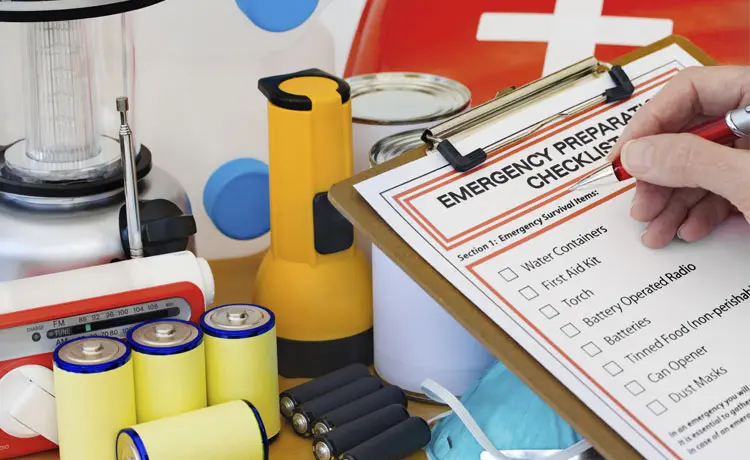Earthquakes – they strike suddenly and without warning. Some are barely there, others have a trivial tremor, and a few earthquakes hit with frightening force and violence, leaving wreckage in their wake. Earthquakes can bring down high-rise buildings, take out power, water and means of communication, rupture roads, and even cause fires.
With half a million earthquakes occurring around the globe each year (according to the U.S. Geological Survey), communities and families need to prepare for the unexpected. The following earthquake disaster planning and safety tips are the best way to help get your community get ready:
5. Evaluate the Structure of Your Home
Make sure you home is earthquake-ready by hiring a structural engineer to evaluate the framework of your home. Find out of there are any updates can make to strengthen areas that might be weak during an earthquake.4. Secure Objects
Secure all items that could fall and cause injuries during an earthquake. These objects include bookshelves, mirrors, televisions, computers and hot water heaters. Also make sure to secure any hanging items – such as light fixtures, paintings, picture frames – over beds, couches, cribs or other places people sit or lie.3. Build a Disaster Supply Kit
A disaster supply kit is a collection of basic items your family will need in the event of a disaster. A kit should include critical supplies, such as:- Water – One gallon of water per person per day for at least three days for drinking and sanitation
- Food – At least a three-day supply of nonperishable food
- Battery-powered or hand-crank radio and a National Oceanic Atmospheric Administration (NOAA) Weather Radio with tone alert and extra batteries for both
- Flashlight and extra batteries
- First aid kit
- Dust mask to help filter contaminated air
- Plastic sheeting and duct tape to shelter in place
- Moist towelettes, garbage bags and plastic ties for personal sanitation
- Cell phone with chargers, inverter or solar charger
Since you do not know where you will be when an earthquake occurs, prepare a supplies kit for your home, work and vehicles.
2. Plan Ahead
Involve all family members in making plans ahead of time to reduce the chances of serious injury or loss of life from an earthquake. Establish a place to meet in the event of an emergency (e.g., a neighbor’s house or the neighborhood grocery store parking lot), and plan how you will communicate with family members.Complete a contact card for each family member. Tell them to keep these cards in their wallet, purse, backpack, etc. Include contact names, phone numbers, meeting places and any other important information on these cards.
1. Practice how to “Drop, Cover, and Hold On!”
You may only have seconds to protect yourself during an earthquake, so plan and practice how to:

DROP to the ground onto your hands and knees. COVER your head and neck with your arms. HOLD ON to a sturdy object until the shaking stops.
